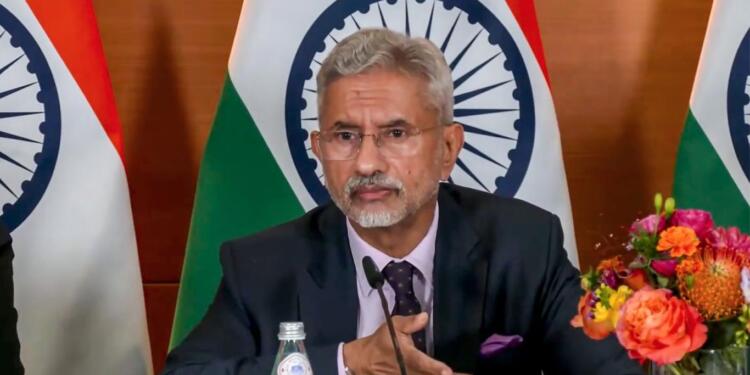India sitting pretty on the global geopolitical scenario irks China enough to drive a wedge between India and China by creating what it calls an American conspiracy to bring the two Asian giants face to face over border issues.
The Americans and Indians ignored the Chinese propaganda. Speaking on China in another context recently, Indian foreign minister S Jaishankar refused to see China only as an Indian problem. The world has a problem with China, he observed.
He said: “There is a general China problem, apart from our own difficult situation in the border. We are not the only country in the world that is having a debate about China. Go to Europe, and ask them what is today among your major economic or national security debates. It’s about China. Look at the United States. It’s obsessed with China, and rightly so, in many ways. So, the fact is let’s not make out as though it’s only India that has a China problem.”
The America-caused rift theory was first explained in The Global Times in mid-August. It is a daily tabloid under the Chinese Communist Party’s flagship newspaper, the People’s Daily, defending the Chinese nationalistic perspective. Despite being a communist mouthpiece, it is read believing it echoes the thinking of the Chinese leadership on global issues.
The tabloid unfolded the so-called conspiracy over a Voice of America report about India’s recently released Project Zorawar light tank. The tabloid alleged the report claimed that the weapon is a direct response to “China’s expanding military influence,” highlighting the tank as new evidence of the extensive competition between China and India.
The Global Times said it portrayed the tank as a clear signal of India’s intention to prevent China gaining from advantages in the border crisis. It came to the crux of the matter quickly: “This coverage attempts to use media influence to cause a rift in China-India relations, particularly to heighten border tensions between China and India and give the US a pretext to strengthen its strategy in the Asia-Pacific region.”
According to the tabloid report, China’s beef is that the Americans did not bother to check the potential timeline for the feasibility of deployment of the tank and called it a “game-changer for high-altitude warfare” even though India announced that the tank is “expected to be ready for induction in the army by 2027”. The VOA report made the deployment look imminent; that’s the problem.
The tabloid went on to quote so-called military experts claiming that the tank “will not significantly alter the balance of power on the China-India border”.
In the same breath, it quoted an expert as saying: “The report by US media aims to sow discord in China-India relations, making it easier for the US to pull India into an anti-China circle.”
The attempt of the Chinese mouthpiece’s exercise was to manipulate opinion through media propagation. The tabloid, too, talks the same language, though targeting the US.
“Media manipulation, in which the significance of India’s Zorawar light tank was magnified, has been used to stir up misunderstandings and tensions between China and India. This strategy aims to deepen divisions and conflicts, thereby sustaining US influence on India and in the Asia-Pacific region.”
The convoluted media offensive is quite in contrast to the restraint and sobriety India has shown despite China’s repeatedly provocative manoeuvres on the border area. For the record, China has kept the military and diplomatic communication lines open. So has India. But the difference is, that the Chinese also engineer sporadic events to bait India into a reactional response, like renaming of border villages on the Indian sides, constructing roads, and other infrastructure, and setting up new villages on their side close to the border.
Oblivious to the Chinese leadership’s duplicitous border games, the Chinese tabloid sums up the so-called conspiracy claiming the US has “never been a true friend of India”.
It says in summary that “the improvement in China-India relations is clearly detrimental to the implantation of the US global strategy” and that “Washington is concerned that the easing of tensions between China and India could weaken US influence and strategic advantage in the Asia-Pacific”
Officially, however, the US has endorsed each and every Indian response to the Chinese border dispute whereas Beijing has merely made repeated pushes for normalization without assuring any end to the border conflict.
































